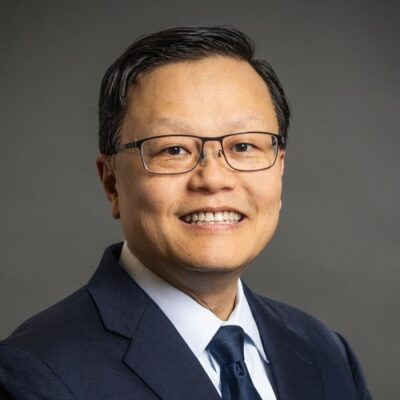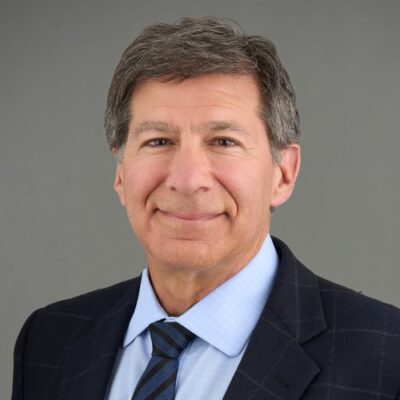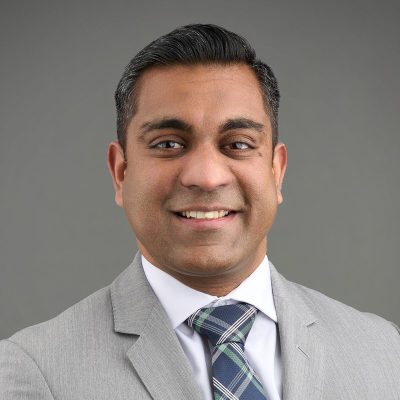Our Program
Thank you for your interest in Nuclear Medicine at the University of Wisconsin! The Nuclear Medicine Residency program at University of Wisconsin Hospital and Clinics (UWHC) is a three-year program (1 or 2 years of credit depending on prior training) and is accredited by the Accreditation Council for Graduate Medical Education and satisfies requirements of the American Board of Nuclear Medicine. The residency provides training and experience in in-vitro procedures, therapeutic applications of radioactive materials, and general nuclear imaging, including positron emission tomography (PET). New curriculum includes training in CT of the head and neck, chest, and abdomen with the nuclear medicine residents rotating with diagnostic radiology residents, reading, and dictating the exams. There is a strong emphasis in nuclear cardiology. The Nuclear Medicine/PET Imaging Section of the Department of Radiology serves more than 600 beds at University Hospital, the William S. Middleton Memorial Veterans Hospital and East Park Medical Center, and performs more than 6,000 examinations a year.
Program Highlights
- Robust and Collaborative clinical team, including nuclear medicine physicians, nuclear radiologists, nuclear medicine/medical physicists, nuclear medicine technologists and radiopharmacists
- State of the art imaging equipment, including PET/MRI, PET/CT and SPECT/CT systems
- Strong collaborations with the UW Carbone Cancer Center, major industry partners, and more
- Cutting edge radiopharmaceutical production facility
- World class infrastructure to support molecular imaging and theranostics research
- SNMMI Radiopharmaceutical Comprehensive Center of Excellence Designated Theranostics Program
- Clinical and research Theranostics dosimetry program
Active research on a current-generation PET/CT scanner and a dedicated PET scanner involves brain, cardiac, and whole body imaging. Other research includes general nuclear medicine and nuclear cardiology projects. Residents are encouraged to participate in ongoing projects and to develop new projects. Annual formal teaching includes: a curriculum of seminars, didactic nuclear medicine and appropriate radiology schedules, weekly interesting case conferences, journal club, coronary angiogram correlation, in addition to multiple daily radiology and medicine conferences.


